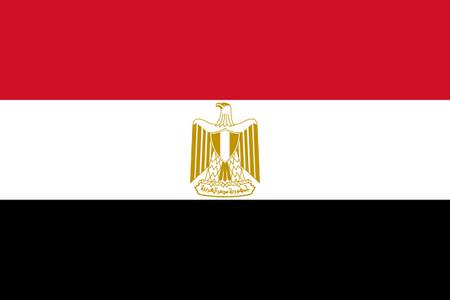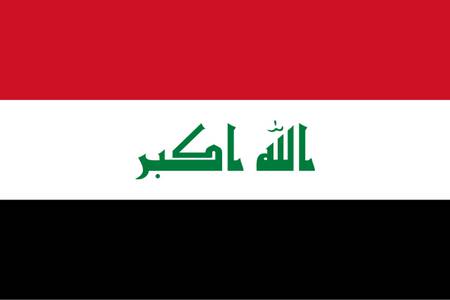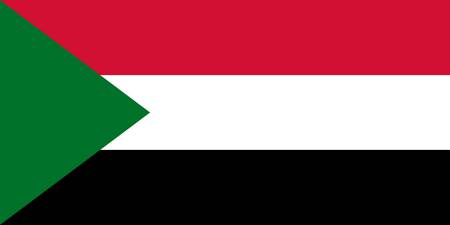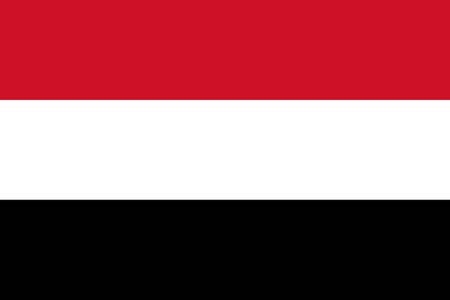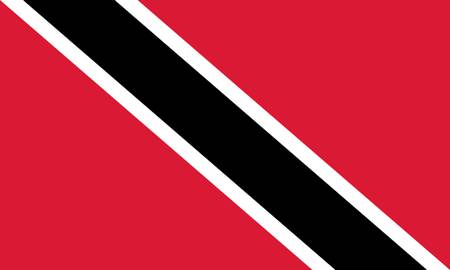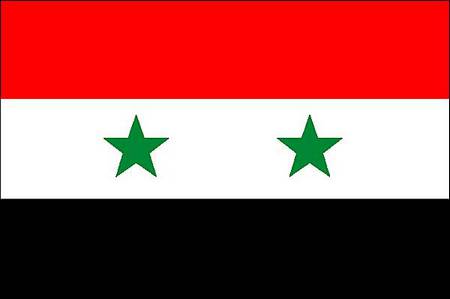The red, white, and black tricolor combination is an iconic choice for several nations across the globe. It is particularly associated with the Arab Liberation colors, symbolizing the unity, sacrifice, and history of Arab peoples. However, it is also found in other contexts with distinct cultural meanings.
Symbolism of the Colors: Red frequently represents the blood shed by martyrs for independence. White embodies purity, peace, and a bright future. Black can symbolize a dark past under oppression, the end of colonialism, or the strength and tenacity of the people. Together, these colors tell a story of resilience, unity, and the quest for freedom.
This article was written by EB React on 07/02/2024
The Red, White, and Black Flags
Egypt
The flag of Egypt is composed of three horizontal bands of red, white, and black. The red symbolizes the struggle, the white represents the purity of the 1952 revolution, and the black signifies the end of oppression. In the center of the white band is the Eagle of Saladin, a symbol of power and authority.
Iraq
The flag of Iraq uses the same three horizontal bands. The red symbolizes courage, the white generosity, and the black past victories. The phrase "Allahu Akbar" ("God is the greatest") is inscribed in green Kufic script in the center of the white band.
Sudan
Adopted in 1970, the flag of Sudan consists of horizontal red, white, and black bands, with a green triangle on the hoist side. The red symbolizes the struggle for independence, the white represents peace and optimism, and the black represents Sudan itself ("Land of the Blacks" in Arabic). The green triangle stands for Islam, prosperity, and agriculture.
Yemen
Adopted upon reunification in 1990, the flag of Yemen is a simple horizontal tricolor of red, white, and black. The red represents the blood of martyrs and unity, the white a bright future, and the black a dark past.
Trinidad and Tobago
The flag of Trinidad and Tobago is distinct. It features a red field crossed by a black diagonal band edged in white. Adopted in 1962, the red symbolizes the warmth and vitality of the people, the black represents strength and unity, and the white signifies equality and the sea.
Syria (Historical Context)
Until December 2024, the flag of Ba'athist Syria consisted of red, white, and black bands with two green stars. This flag, associated with the previous regime, was replaced by the "Independence flag" (green, white, and black bands with three red stars) after the fall of the government. The red, white, and black flag thus remains an important part of Syria's modern history.
Frequently Asked Questions (FAQ)
Which countries have a red, white, and black flag?
The notable countries with a horizontal red, white, and black striped flag are Egypt, Iraq, Sudan, Yemen, and historically, Syria. Trinidad and Tobago also uses these colors, but in a diagonal design.
What do the Pan-Arab colors symbolize?
Red often symbolizes the blood of martyrs and courage, white represents purity and peace, and black evokes a past of oppression or strength. Green (also a Pan-Arab color) is often added to symbolize Islam or fertility.
Why did the Syrian flag change?
After the fall of the Assad regime in December 2024, Syria re-adopted the "Independence flag," first used in the 1930s. This flag (green, white, and black bands with three red stars) replaced the Ba'athist regime's flag (red, white, and black bands with two green stars) to mark a political break.
